Notes related to Arte Geométrico
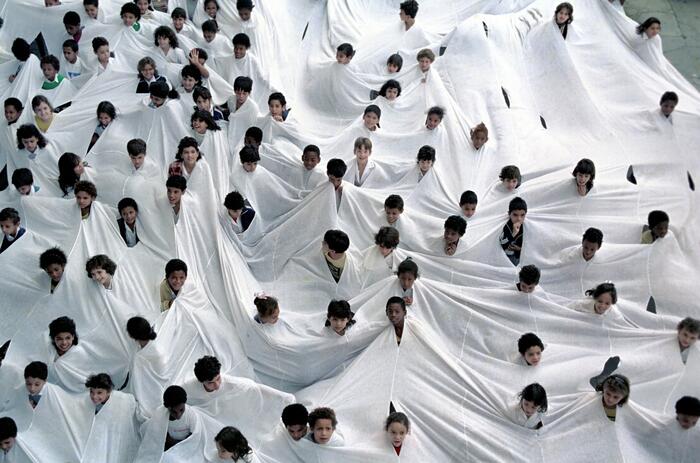
LYGIA PAPE – THE SKIN OF ALL
The Kunstsammlung Nordrhein-Westfalen is dedicating the first comprehensive solo exhibition to the Brazilian avant-garde artist Lygia Pape (1927–2004) until July 17, 2022. Titled “The Skin of ALL” the exhibition presents the artist’s multifaceted, transgressive oeuvre, which she developed over five decades.
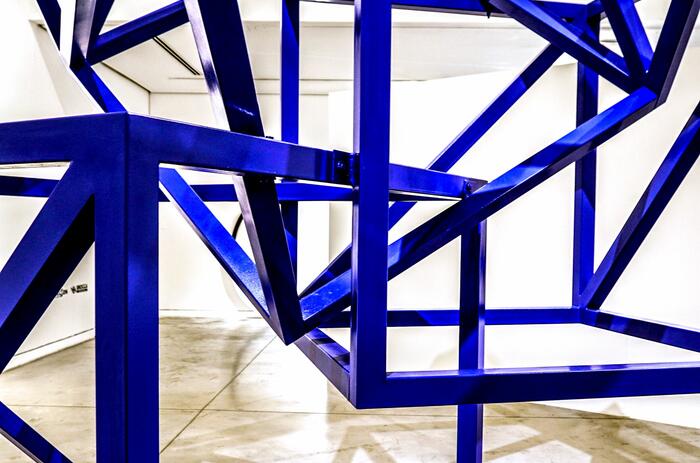
TERESA MALUF EXHIBITS ‘404’ AT THE EMILIO CARAFFA MUSEUM IN CÓRDOBA
In Maluf's exhibition project, the language of three-dimensional works is combined with the installation format. With this in mind, and the characteristic spatial layout of Gallery 5 of the Emilio Caraffa Museum with its great heights, the works participate from their immanence in a dialogue with the circumstance.
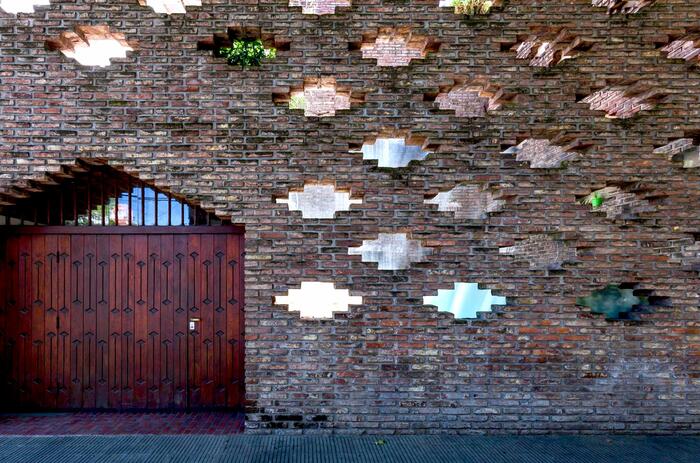
NO WALLS, BUT TRANSPARENCIES
"The ruins in their singularity are the most living thing in history, since only what has survived its destruction, what has remained in ruins, lives historically," says María Zambrano. Jorge Scrimaglio, Argentine architect, is a builder who appeals to that spirit that Kahn defined in the same sense: “you have to surround buildings with ruins”. And a building that appeals to be a ruin, with walls that are not such, that house emptiness and serve as support to a sense that extends triumphant; as a way of survival, not from what it was, but from what it did not become. Empty as absence. Making concrete a possibility not yet realized, like the life of the ruins that are indefinite and more than any other spectacle awakens in the mind of those who contemplate them the impression of an infinity.
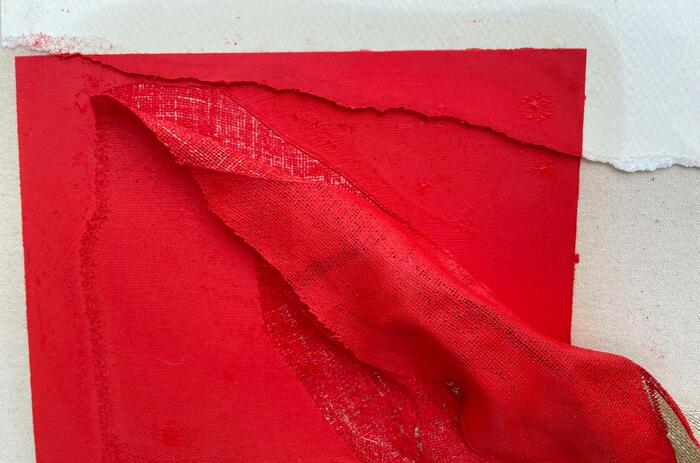
JUAN RAÚL HOYOS AND HIS REDEFINITION OF THE GRID
Geometries Reimagined, the title of the inaugural exhibition at the Tanya Brillembourg Art space, inquires the way in which the incessant transformation of the abstract forms imagined since cave art, is once again realized in the works of Colombian Juan Raul Hoyos, Guatemalan Tepeu Choc, and Haitian Marcus Blake. By different means, the three of them confront the form that, since the onset of the 20th century, generated the whole current of geometric abstraction imposing itself, according to Rosalind Krauss, as "the emblematic image of the modernist ambition" [1]: the grid. Its presence, explicit or tacit, continues to be unraveled and remade incessantly in contemporary art, and it is no stranger to that "schizophrenia" which, as Krauss wrote, arises between its concentration on the materiality of the pictorial surface and the undeniable spiritual tension that its mythical geometry contains [2]. No less is the opposition between the "discursive silence" sought in the grid through the "complete liberation from naturist appearances" [3], and the paradoxical conversion of its geometry form ─inexistent in nature─ into the matrix of urban modernity: Mondrian ended up creating Boogie Woogie, 1943, in allusion to the rhythm and pulsating vibration of New York.
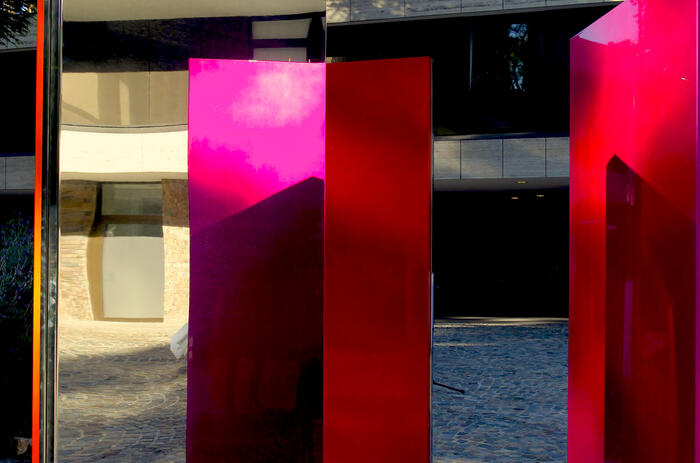
BIENALSUR INTERVENES THE GERMAN EMBASSY IN BUENOS AIRES
The work of Carola Zech, Argentinian artist of German descent, arrived, starting September 25th, at the German Embassy in Buenos Aires. A site-specific intervention, “Al azar del viento” (At the wind’s random will) is curated by Diana Weschler, also of German descent, and can be visited until November 28th as part of BIENALSUR 2021’s expositions.
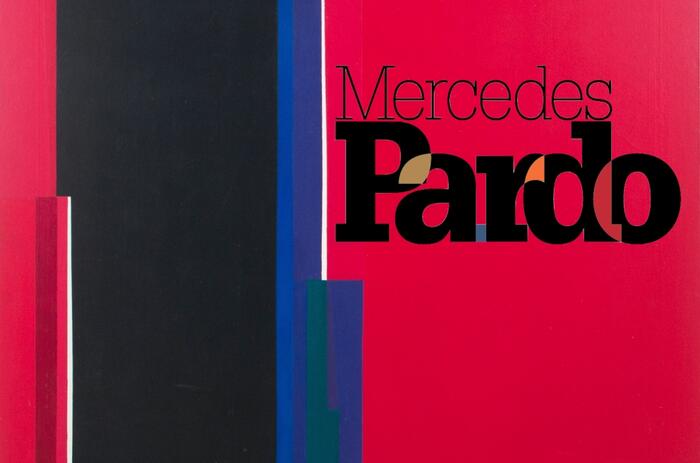
MERCEDES PARDO IS HONORED ON THE 100TH ANNIVERSARY OF HER BIRTH AT THE ASCASO ART GALLERY
On the artist's centenary, the Ascaso Art Gallery of Caracas will present, together with the Otero-Pardo Foundation, an exhibition entitled “Contemplaciones y Memorias” (Contemplations and Memories), which under the curatorship of Bélgica Rodríguez and the museography of Rafael Santana, brings together a selection of paintings and serigraphs made by the outstanding creator.
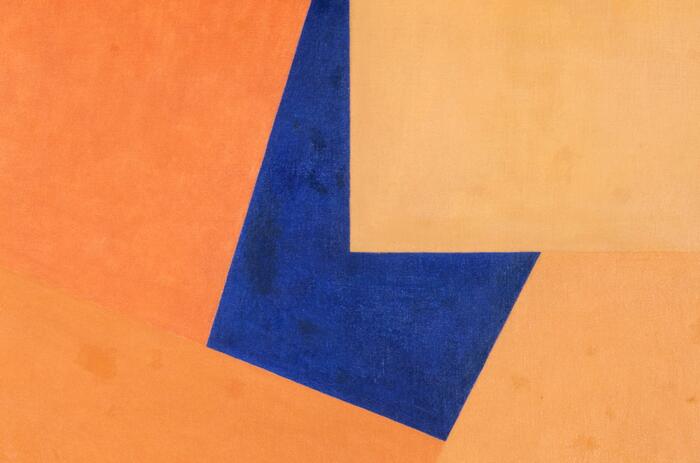
SIGNS, ABSTRACTIONS & METAPHORS AT THE JUAN CARLOS MALDONADO ART COLLECTION
Curated by Ariel Jiménez, this exhibition is where abstract-geometrical and concrete artists such as Lygia Clark and Tomás Maldonado engage in dialogue with those of artists who, while bordering abstraction, or even clearly abstract in nature, such as Julio Alpuy, Martín Blaszko and César Pasternosto, still bestow their works with a metaphorical and/or symbolic dimension that they consider to be essential. It is also an opportunity to discuss concepts that are not always well-comprehended, such as the difference between geometric abstraction and concrete abstraction, or between works that, while geometric, can work in a radically different manner; some with the plastic autonomy sought by the concrete artist, and others integrating a metaphoric dimension that many Latin American artists consider to be fundamental in maintaining the ties that bind them to the history of the continent.
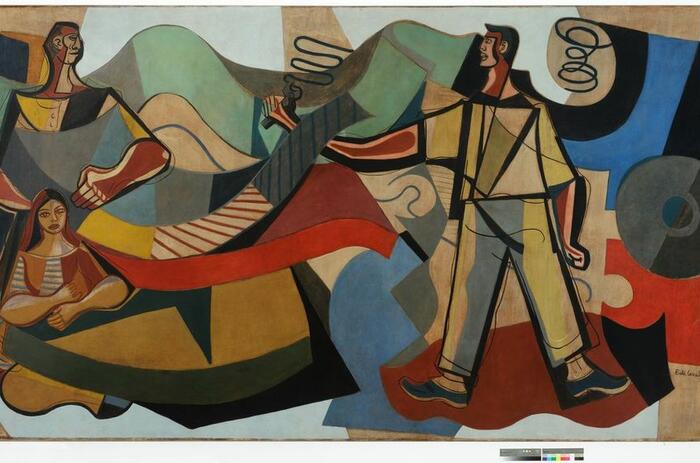
MODERNITIES IN MOVEMENT - TARSILA, DI CAVALCANTI AND THE GOMIDE-GRAZ FAMILY
The narratives of the Brazilian avant-garde in the arts go through an intense revision. Due to the centenary of the Week of 22, the emblematic event that in the thesis launched the foundations of modernity through different languagesand fields of activity in the country, three exhibitions currently on the billboard rotate and bring new elements from the production of two icons of Modernism in Visual Arts - Tarsila Do Amaral (1886-1973) and Di Cavalcanti (1897-1976). In addition, they cast more emphatic lights on three not-so-famous characters within the journeys within the movement and the modernist winds: Antonio Gomide (1895-1967), John Graz (1891-1980) and Regina Gomide-Graz (1897-1973) .
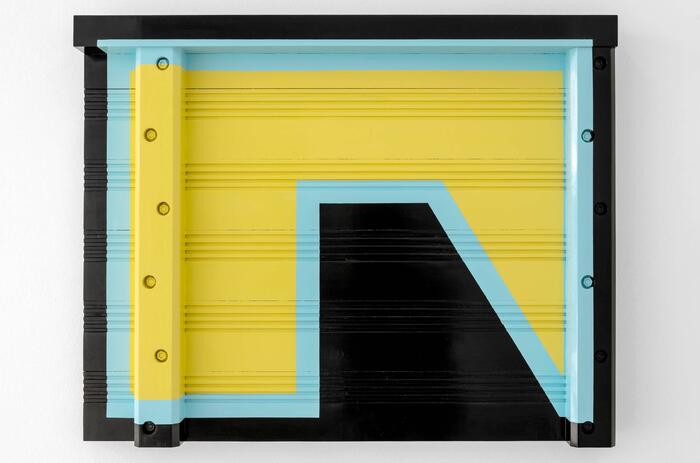
DARÍO ESCOBAR QUESTIONS THE LIMITS BETWEEN THE POPULAR AND THE CULTURED IN HIS EXHIBITION “SOMETIMES THINGS WORK FOR THE WRONG REASONS”
Galería RGR (Mexico City) presents the fourth individual exhibition in the country of the Guatemalan artist, curated by curator and art critic Daniel Garza-Usabiaga. Questioning the relationship between the object and the social masses, the exhibition will be open until June 5, 2021.


